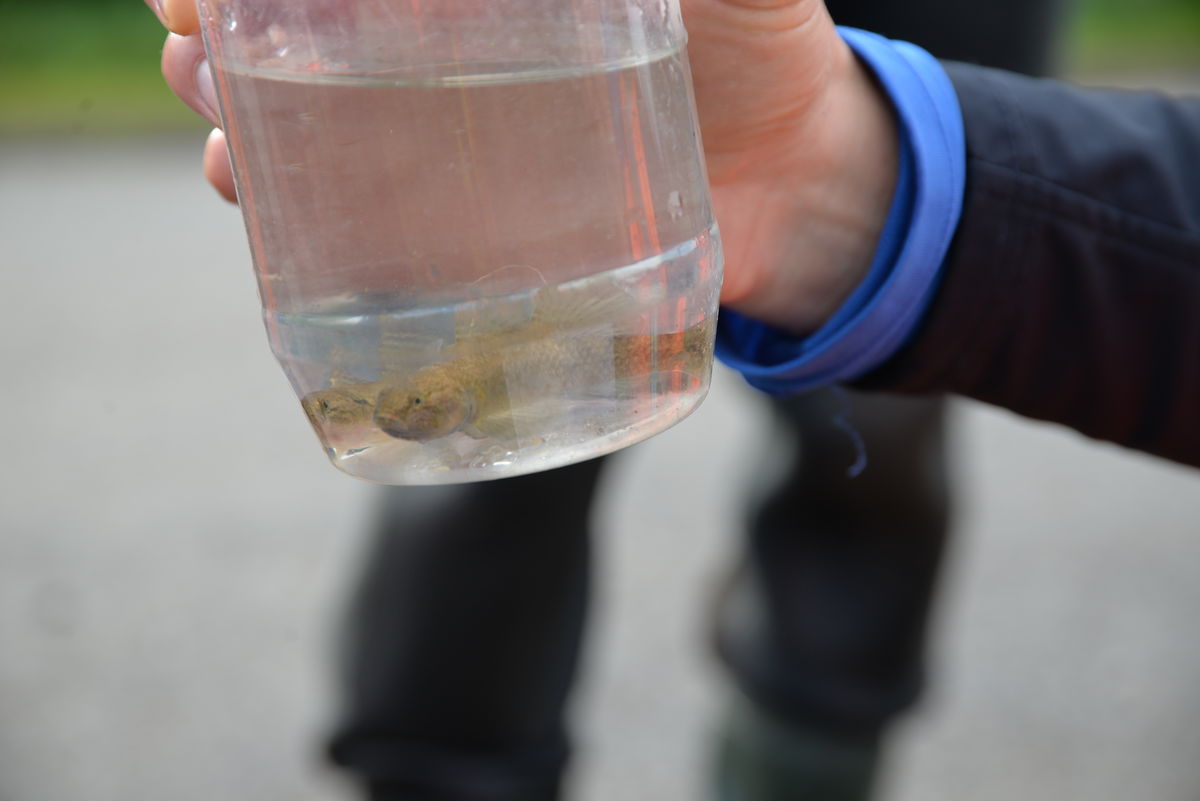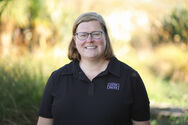
Real-time water quality monitoring improves accuracy and accessibility of data
Media release August 2022
Automated water quality sensors in the Manga-o-tama catchment in Waikato are collecting hourly information about the state of water quality in the catchment and delivering it direct to an online dashboard over the Spark Internet of Things (IoT) CAT-M1 network.
The sensors are gathering information for the Manga-o-tama Ōhaupō Peat Lakes to Waipā River Connection project, a partnership that involves Iwi partners, Nga Iwi Tōpū O Waipā - Ngāti Apakura, Ngāti Hikairo, Ngāti Mahanga, local farmers and stakeholders including Waipā District Council, Waikato Regional Council, NZ Landcare Trust and the Manga-o-tama Wetland Restoration Trust.
The Manga-o-tama catchment is an important migration route for native fish species such as short-finned and long-finned eels. Other native fish recorded in the Manga-o-tama stream include banded kōkopu, black mudfish, common bully, cran’s bully, koura, smelt and torrent fish. Several rare terrestrial species have also been recorded at the site including Pūweto/spotless crake and Pekapeka-tou-roa/long tailed bat, one of only two remaining species of native land mammals in New Zealand.
The Manga-o-tama catchment project is supported by Living Water, a partnership between the Department of Conservation (DOC) and Fonterra, who funded the sensors. Living Water was keen to support this new water quality monitoring approach as our trial projects across Aotearoa to date have involved time-consuming manual collection of water samples that just provide a snapshot of water quality at the time the sample is taken. showed us Living Water Freshwater Science Lead Dr Katie Collins says for the Manga-o-tama project, Living Water wanted to ensure water quality information could be collected more frequently, reliably and safely.
“Monthly data provides good information for establishing long-term trends and in large, stable bodies of water but results can be highly weather dependant and collection of samples is time consuming”, says Dr Collins. “Real-time water quality monitoring allows us to see daily patterns and changes as they happen, including the impacts of high rainfall events and different flows.”
The data capture has been enabled by IoT sensors installed by Spark’s partner Adroit and connected to its IoT network. In May 2022 sensors were installed in two tributaries that feed into the Manga-o-tama wetland. Every hour the sensors record nitrates (NO3), turbidity, total suspended solids, total dissolved solids, dissolved oxygen, water temperature, conductivity and pH. The information is accessible on a smartphone or computer, to anyone in the catchment who would benefit from the data, such as catchment groups, iwi and hapū, scientists and farmers. Dr Collins says the real time monitoring will allow Living Water and the project partners to understand long and short-term water quality trends in the catchment.
Spark IoT Lead, Tony Agar says smart technology can play a hugely critical role in helping ensure New Zealand’s freshwater lakes, streams and rivers are clean, swimmable and fit for recreational activities.
“Farming is central to New Zealand’s economy, but it can have a significant impact on our lowland freshwater ecosystems. By using sensors to provide real-time data to a web-based platform via the Spark CatM1 network, Living Water can easily see data visualisations of patterns, helping them to quickly identify any issues that need fixing.
“This new automated approach to monitoring will help Living Water connect farmers to what is happening in their environment on a daily basis. Historically farmers could only see long term, high level regional data that might not relate to their catchment and its specific conditions. By creating true line of sight to what’s happening on their property, Living Water are seeing real engagement from farmers who are now taking proactive steps to restore their properties’ freshwater streams, lakes and rivers.”
“There can be a large amount of variation in water quality from day to day and in different flows, from natural causes and from land use”, says Dr Collins. “We don’t have a lot of information around these short-term trends because there was no way to collect the data.”
Living Water has learnt from previous projects that a lack of good quality data is a barrier to better catchment management. The Manga-o-tama catchment project group, along with other parties, will have access to the same data, building a shared understanding of the issues and enabling evidence-based decisions on interventions and land-use changes. Dr Collins says the real-time data will also confirm if interventions within the catchments are working.
“This data will let us know if the interventions like riparian planting, wetland restoration, fencing setbacks and on-farm changes are having an impact”, says Dr Collins. “Many of the interventions like wetland restoration and riparian planting reduce sediment entering waterways in high rainfall when it’s dangerous to gather water samples. These sensors are designed to withstand high flow conditions and will continue to provide real-time data in even the worst conditions.”
